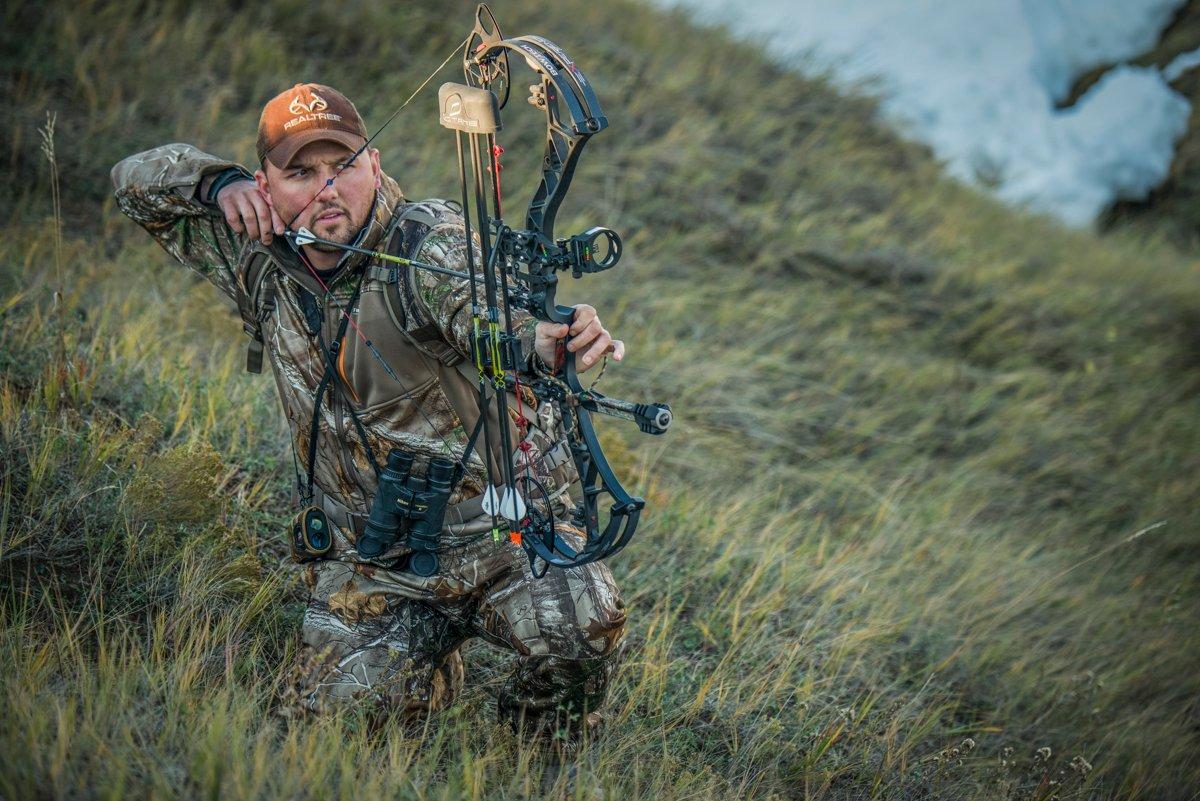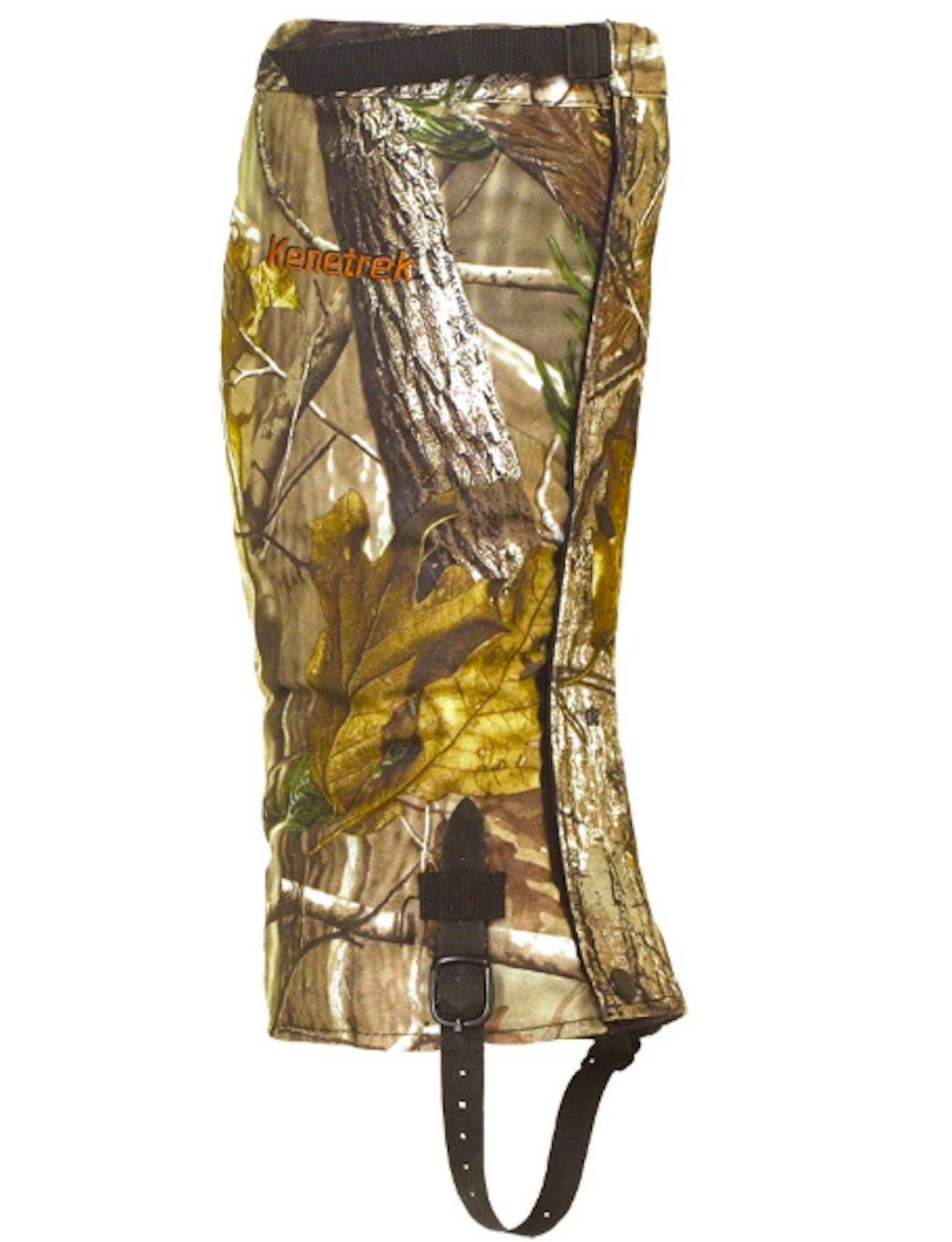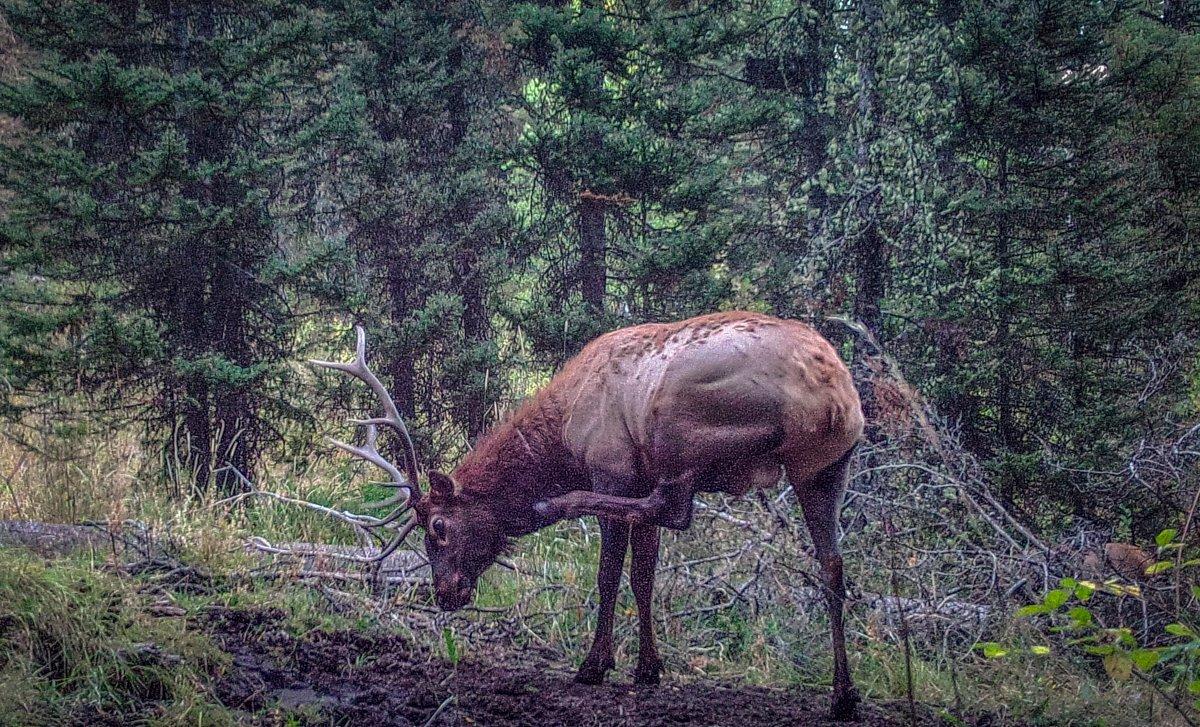Bowhunting bulls in OTC units is never easy, but you can up your odds by following this advice
The prospect of bowhunting for elk is both daunting and invigorating for people who don't live out West. The logistics alone, especially if you're camping in the backcountry, are quite complex. There's a lot of gear to consider, and for some, just getting to elk country requires a 20-hour drive, or maybe longer. And success will mean dealing with precious meat in typically warm September weather. All these things must be considered and addressed before you buy a tag.
But it's worth it. As for the hunting itself, it's incredibly difficult, but not impossible. I've picked up numerous tidbits during my OTC public-land elk bowhunts that have helped me hear and/or encounter elk daily.
I didn't generate the following advice by scouring the web and regurgitating info from other people. I've pounded the elk woods, putting on as many as 102 miles by foot during a single hunt. I encounter a lot of elk by working hard and paying attention to details. Here are the eight most important things I've learned:
1. Get Fit
Classic elk habitat in states like Idaho, Montana and Colorado consists of tall pine and aspen timber at elevations of 8,000 to 10,000 feet. It's unforgiving country, and negotiating it takes robust lungpower, heart strength and sturdy legs.
Every regularly successful archery elk hunter I know either trains year-round or begins months ahead of September. The mountains will crush you if you decide two weeks before your hunt that it's time to run on a treadmill and curl some dumbbells.
I go to the gym and push my body every week throughout the year, unless I'm sick. That way I'm always in shape, and then as season draws near, I can spike the intensity of my workouts so that the mountains don't own me during elk season. If a bull bugles a mile away, I don't ask questions. I just go. My body can handle it. And that advantage allows me to encounter far more elk than I would if I was huffing and puffing the entire way.
2. Use Trail Cameras
Elk are mostly hunted on foot. However, it's possible to peg their tendencies. Perhaps you'll find a fence crossing that separates national-forest land from private ground. Or maybe you'll stumble upon an active wallow or watering hole pounded with elk prints. In any case, areas with regular elk traffic are excellent places to deploy whitetail tactics.
I always use trail cameras on my elk hunts. My goal is to determine what bulls are in the area, and when they're moving. I've captured some incredible images of elk at a public-land wallow that I hunt from a treestand every year during hot afternoons, when calling is generally futile. I've encountered lots of elk, including a few bulls, from that stand. I even arrowed a cow there several seasons back.
The sit-and-wait method is a unique way to bowhunt elk, and running trail cameras near your ambushes is amusing and provides valuable information, especially on hot days when the rutting action is slow.
3. Buy Different Calls
I've made it a point to use various calls. My goal is to sound different than most other elk hunters. With that mindset, I've had my share of luck coaxing bulls in for a look. Also, using multiple calls helps make you sound like more elk.
4. Let Bulls Do Most of the Talking
On days when bulls are bugling on their own, I rarely touch my calls. Their intermittent bugling can be used to my advantage because each time they bugle, they disclose their location. I move in silently and get as close as possible. If I can't work to within bow range for one reason or another, I'll try a bugle from 100 yards or closer to challenge the bull, or I wait for him to move into a more favorable position, where I can approach him silently.
5. Don't Overlook Easy Access
I've encountered a surprising number of bulls within a few hundred yards of highways, parking areas and even sheep camps. This is because most hunters exclusively follow the 1-mile rule. Lots of hunters begin their hunts 1 to 2 miles from road access, and many are traveling right by elk to find elk.
I once encountered a mature bull during an OTC hunt less than 100 yards from my parked vehicle on a national-forest road. At one point, he was 60 yards from my truck, and I could see it plainly as I attempted to stalk in for a shot. I didn't pull it off, but I'm still floored that the bull was right there. I encountered him only because I don't overlook easy-access areas.
6. Hunt Roadless Areas
Still, not all locations with easy access get overlooked. And as mentioned, many hunters do begin their hunts 1 to 2 miles from established camping or parking areas. For those reasons, it's crucial to utilize the roadless areas feature in onX Hunt. It creates purple shading in large areas far from roads that are difficult to reach. Only the physically fit and mentally determined hunters will reach those locations — but they're often rewarded with incredible elk hunting.
7. Check the Wind Constantly
I check the wind every few minutes. Thermals and shifty breezes are impacted by the contrasting terrain features in the mountains. Elk don't make often the mistake of being clueless while walking downwind, broadside and in bow range. The only time I've had this happen was while utilizing an Ozonics unit. Otherwise, every single elk that has ever gained the downwind advantage on me has busted.
Always carry and use some sort of wind checker. I prefer a squeezable bottle of scentless powder. Many scent/lure companies sell them. They fit in your coat pocket and provide second-by-second wind data. Many times, it has helped me identify and circumvent dicey situations.
8. Shoot Any Legal Elk
Any elk taken with a bow is a trophy. That's been said plenty of times, and I agree — especially as it applies to hunting an OTC tag on public land. Elk hunting is incredibly difficult, and anyone who takes a legal elk with a bow has accomplished a great feat.
Having said that, I don't always set out to shoot the first legal elk I encounter any more. It's now my personal goal to kill a respectable bull, though I might settle for a mature cow on the last day of my hunt. If you choose to set your standard like mine, there's nothing wrong with that. It's about personal goals. If your goal is simply success, you stand a far greater chance of reaching it if you're willing to take any legal elk.
Be a 10-Percenter
You're up against steep odds on an OTC archery elk hunt. Average success for all elk hunters combined calculates to approximately 10 percent. However, if you pay close attention to the details, you'll hunt far more productively. Be willing to learn about elk and your hunting unit every time to step into the forest. Do that, and gradually your personal odds will rise above that measly 10% average.
Don't Miss: How to Elk Hunt on a Budget
Check out more stories, videos and educational how-to's on big game hunting.












